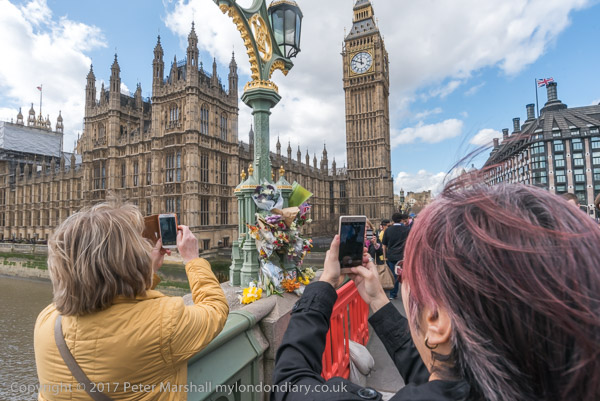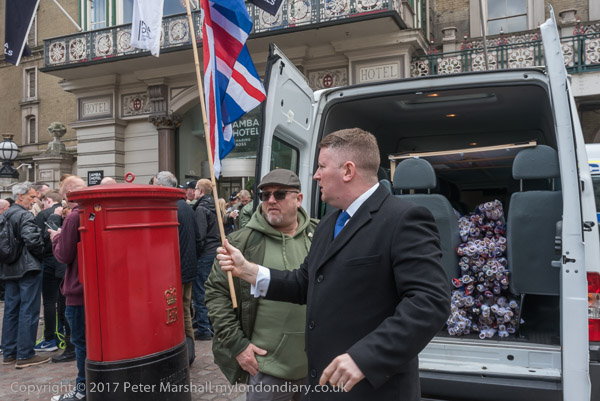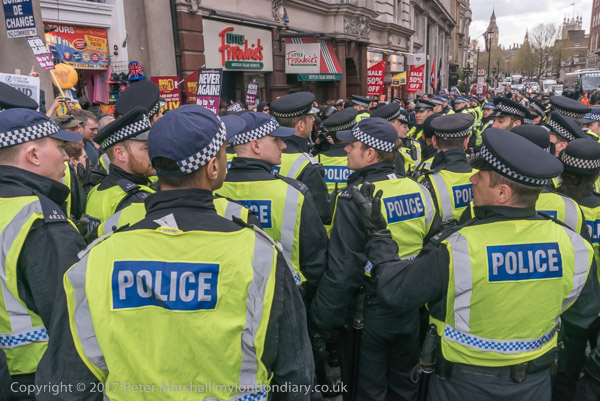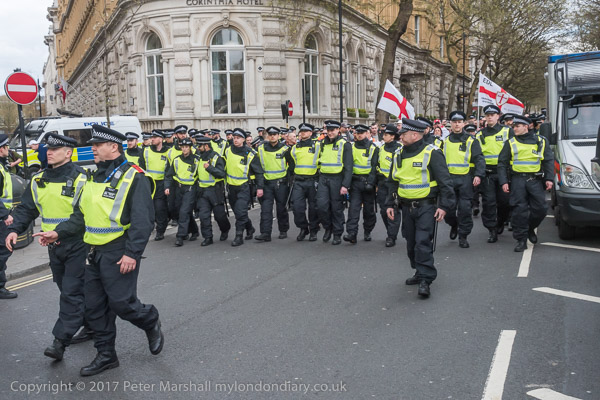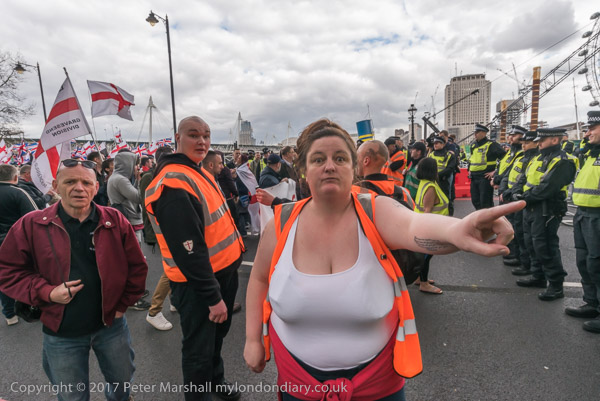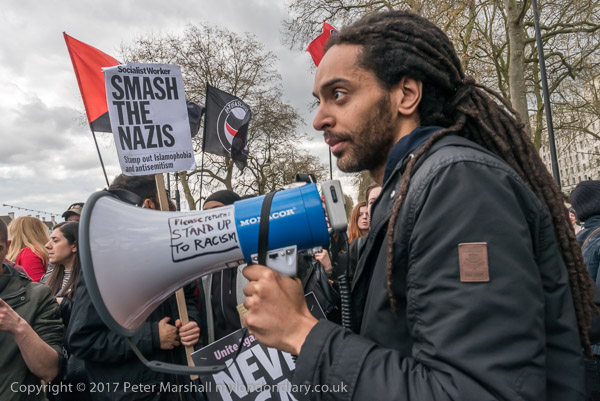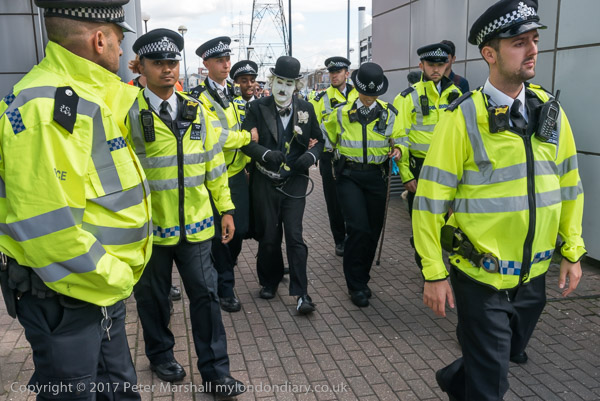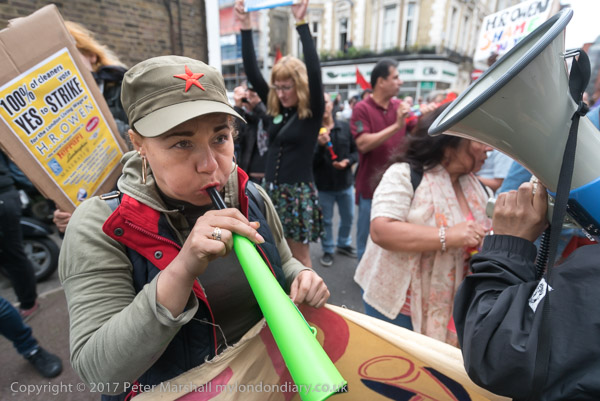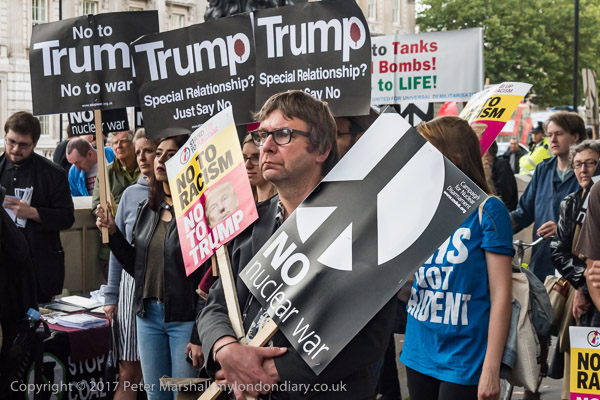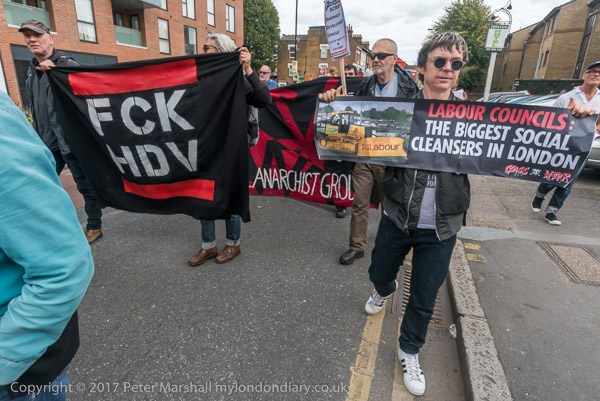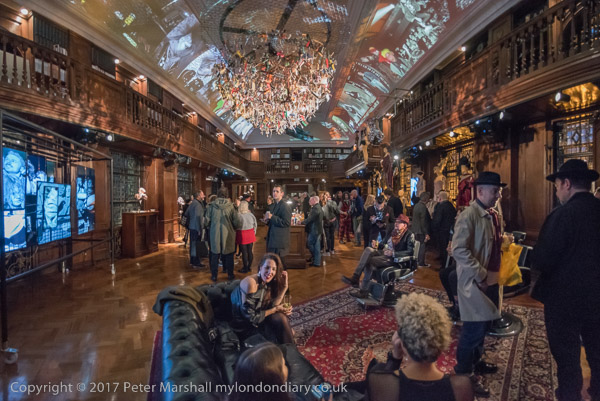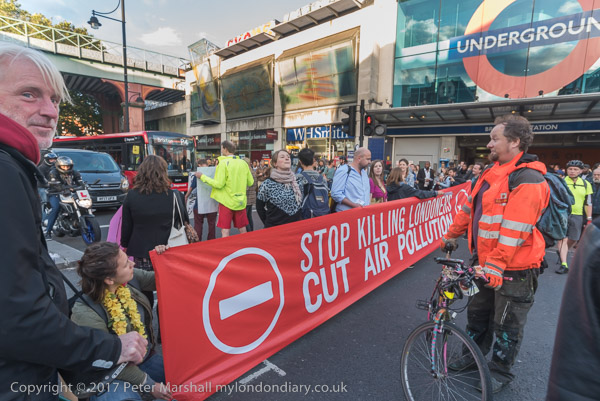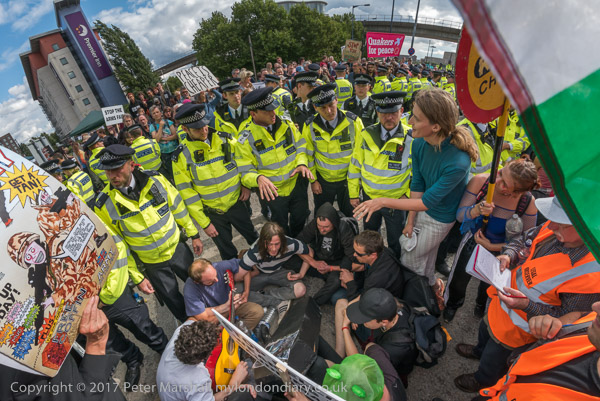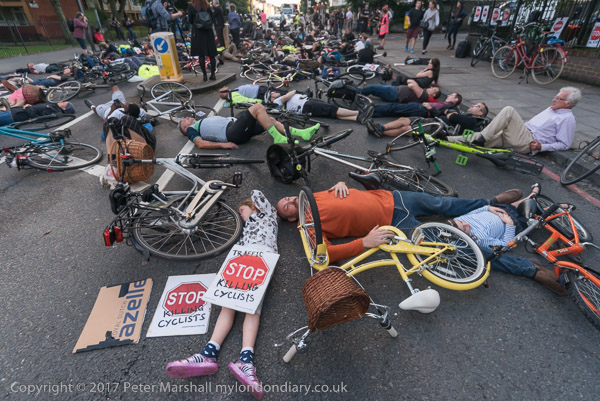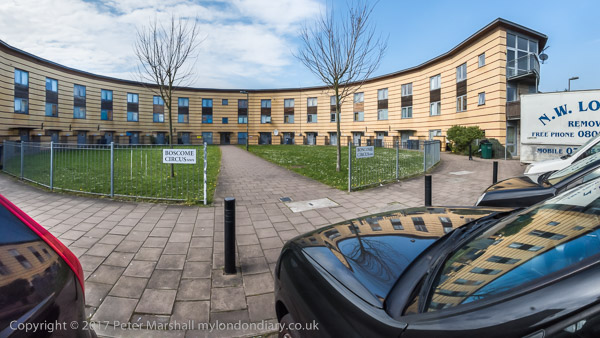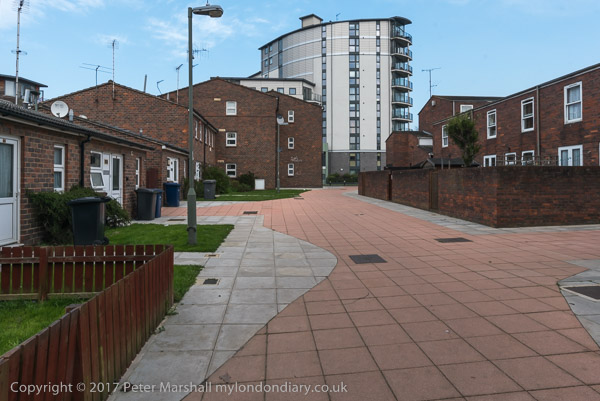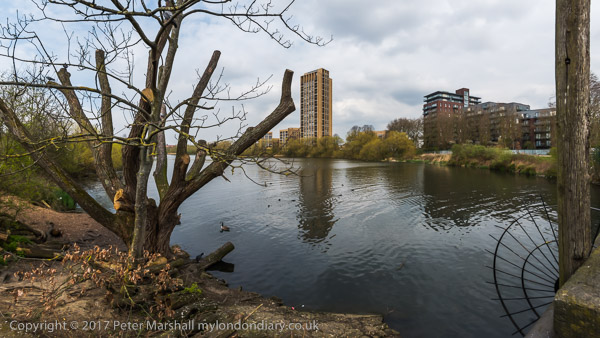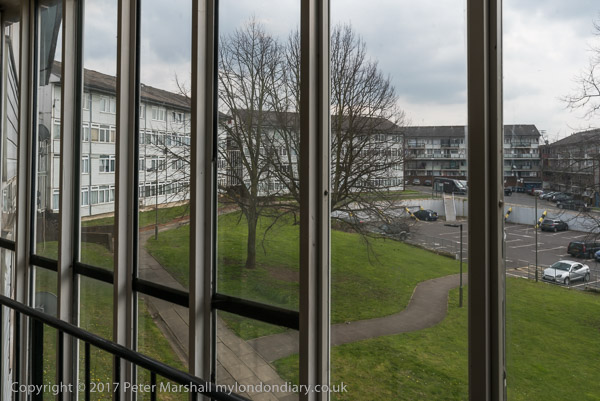Another week of my daily postings to Hull Photos which are continuing through all of Hull’s 2017 year as UK City of Culture. You can follow them daily where each picture appears, but the pictures appear with comments on Facebook – and in the weekly digests here.
Comments and corrections are welcome here or on Facebook.
29th September 2017
Taken from Scott St Bridge, this shows one of the older industrial buildings along the River Hull, Paul’s riverbank Granary building, linked on its other side across Wincolmlee to the rest of the mill complex. At the extreme left you can see the bell used to warn of the bridge lifting, in front of the windows of the Paul’s bilding across Wincolmlee.
The local listing describes it as “Characteristic and increasingly rare historic riverside building. Important for illustrating the history of Hull’s development as a port in the 19th century. Extant in 1853 and pictured in a F. S. Smith drawing of 1888. Distinctive early 20th century iron covered overhead footbridge linking the former granary to the mill across the road has attractive decorative roundels in the wrought iron brackets at either side.”
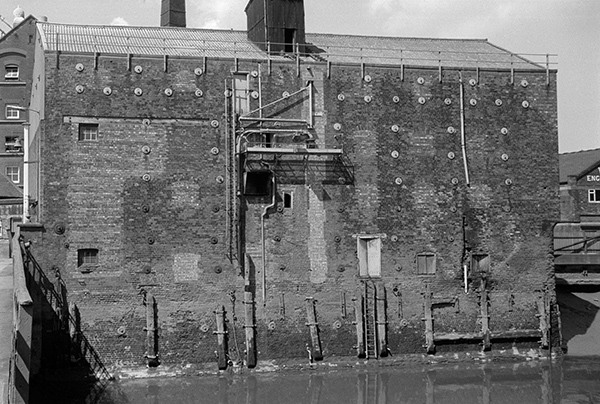
85-5g-66: Granary, R & W Paul, Scott St/River Hull, 1985 – River Hull
30th September 2017
The River Hull is relatively narrow, even at high tide, and larger boats are unable to turn above Drypool Bridge. The swinging area just below Rank’s Clarence Mill was the former entrance to Drypool Basin which led from the River into Victoria Dock.
The Beldale H which I had photographed before going upstream towards Rix’s wharf a short distance below Wilmington Rail Bridge had made its way backwards down the Hull much higher in the water and I took a series of eight images as it swung around to go forwards towards the Humber.
The Northern Divers (ENG) Ltd building is still in Tower St, though the company moved to Sutton Fields in 2011. The 1901 building designed by David Christie, is a Grade II-listed former Trinity House buoy shed. Its distinctive tubular crane can just be seen behind a more conventional one; it predates the building having been originally installed at Princes Dock in 1861 and is possibly the only remaining example of its kind, and is separately listed as follows:
“Tubular Crane. c1865, resited 1901. Cast iron. Curved tubular cast iron jib which turns through 360 degrees. Original gearing and later electric motor at base. Sunk into circular hole in the quayside, with deep straight counter weight secured to base of quayside.”
This type of crane was designed and patented by William Fairburn in 1850 and constructed by various manufacturers.
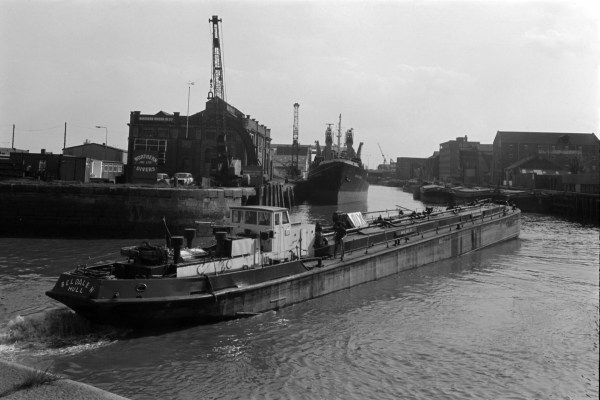
85-5h-22: Beldale H at Drypool entrance swinging area, 1985 – River Hull
1st October 2017
Behind the Beldale H swinging out from the Drypool Basin entrance the large vessel is the 1424 gross ton suction dredger Bowstream, since 1996 known as the Porto Novo surprisingly still apparently in service, currently in Funchal, Madeira. Built in 1971 in the Netherlands as an effluent tanker and named Hudson Stream, she was sold to British Dredging Ltd of Cardiff in 1972 and converted to a suction dredger and renamed Bowstream the following year.
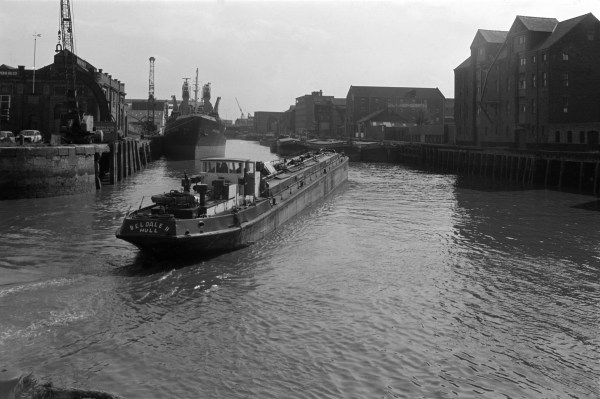
85-5h-23: Beldale H at Drypool entrance swinging area, 1985 – River Hull
2nd October 2017
When the new east dock (renamed Victoria Dock in 1850) was built in 1845-50, the plans included an entrance from both the River Humber and the River Hull. The entrance from the Hull led into Drypool Basin, with a further lock leading to Victoria Dock, and there was a similar arrangement but with twin locks (one larger with a smaller one alongside for barges) into the Half-Tide Basin from the Humber. The entrance from the Old Harbour on the RIver Hull was only completed a couple of years after the dock opened in around 1852.
When Victoria Dock closed in 1973, it was filled in east of Tower St, including the Drypool Basin (though much of the dock area was timber yards rather than water, with the timber ponds having previously been filled) and few traces other than the Half-Tide Basin remain in the Victoria Dock estate. The entrance to the Drypool Basin was retained as far as Tower St, as an essential swinging area allowing longer vessels on the Hull to turn around in the Old Harbour.
Tower St at the left of the picture is roughly where the outer lock gate was (previously a swing bridge had carried it across the centre of the lock), and a vertical stone on the river wall separates the lock entrance from the curved wall of the swinging area. The large board fixed on the building on the right at a slight angle names this as the Swinging Area and prohibits mooring, though the details are too small to read on the full-size image.
The building at the right is still there, though a little hidden, but that at the centre and left has gone. The 1928 large-scale OS map calls it ‘Pumping Station’ and the tower appears to be part of the hydraulic power system that was used in the docks. It’s replacement is considerably less attractive.
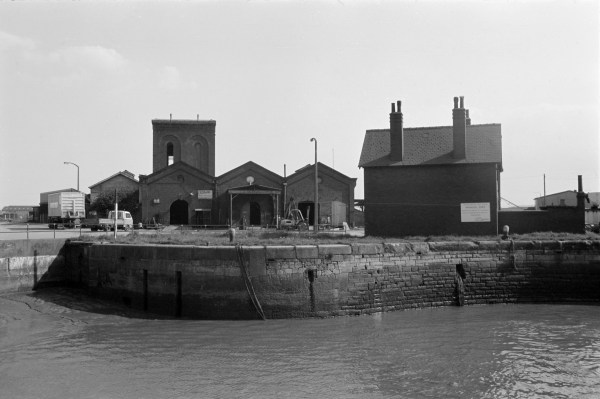
85-5h-24: Erdmann Ltd, Welders & Fabricators, Tower St and Swinging Area, 1985 – River Hull
3rd October 2017
The Drypool Bridge is raised for the small Rix tanker Bledale H to reverse through underneath, though it looks as if there might have been sufficient clearance without it opening, but the water is fairly high close to high tide.
The photograph is taken from the riverside path underneath Joseph Rank’s Clarence Mill, where another small vessel, possibly an oil tanker, is moored with crew on board.
In one of the more senseless acts of recent years in Hull, the Clarence Mill, an iconic local landmark, was recently demolished, and the site has lain empty for several years. It was meant to house a new hotel for Hull2017 Year of Culture, but not a stone on the site was turned and it seems that this was simply used as a pretext to gain permission to demolish one of Hull’s best-known and loved buildings.
It had little claim to architectural merit, having been largely rebuilt after wartime destruction, but was an important monument to one of Hull’s great men who changed the milling industry and was of some interest in terms of industrial archaeology. It appeared to be in sound condition and could almost certainly have been repurposed without losing its character, or at the very least some of the riverside elements should have been incorporated into any new development.
On the other side of the river just above the bridge is a block of warehouses, demolished in the late 1980s, another sad and unnecessary loss to Hull’s heritage. Again the site has since remained empty, used only for car parking.
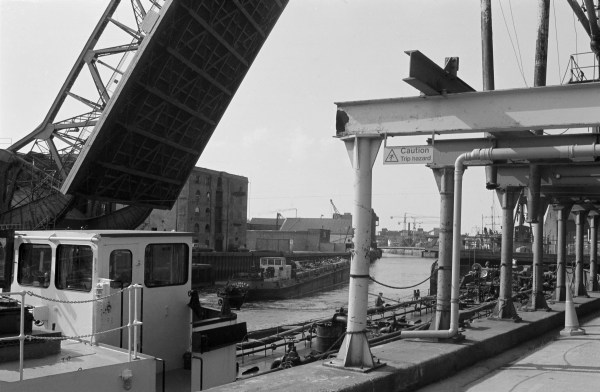
85-5h-31: Drypool Bridge and River Hull, 1985 – River Hull
4th October 2017
Another picture of Rix tanker Beldale H, here moving stern first into the Drypool Basin entrance swinging area. At right is the Grade II listed Pease Warehouse, then recently converted into flats.
Although there are still quite a few barges moored on the west side of the river at the High St wharves, there is now quite a long empty gap.
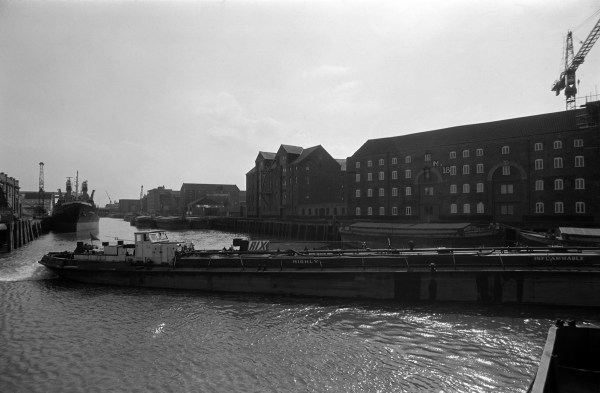
85-5h-34: Beldale H at Drypool entrance swinging area, 1985 – River Hull
5th October 2017
By 1985, this shop had abandoned its earlier Royal Wedding window display I had photographed in 1981 and was back to basics – 4 toilet rolls for 52 p and cans of soft drinks.
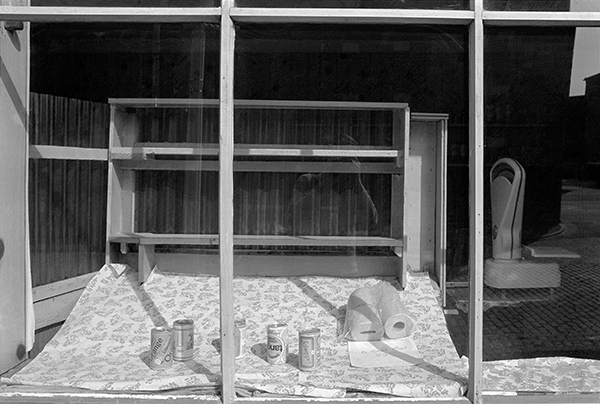
85-5h-41: Shop window display, Church St, 1985 – East Hull
You can see the new pictures added each day at Hull Photos, and I post them with the short comments above on Facebook.
Comments and corrections to captions are welcome here or on Facebook.
Continue reading Hull Photos: 29/9/17 – 5/10/17
